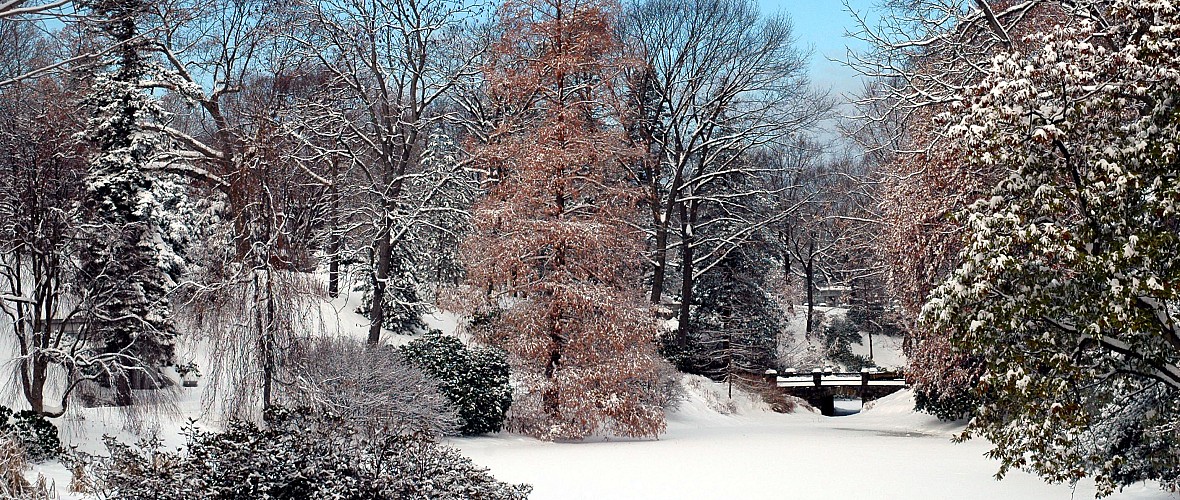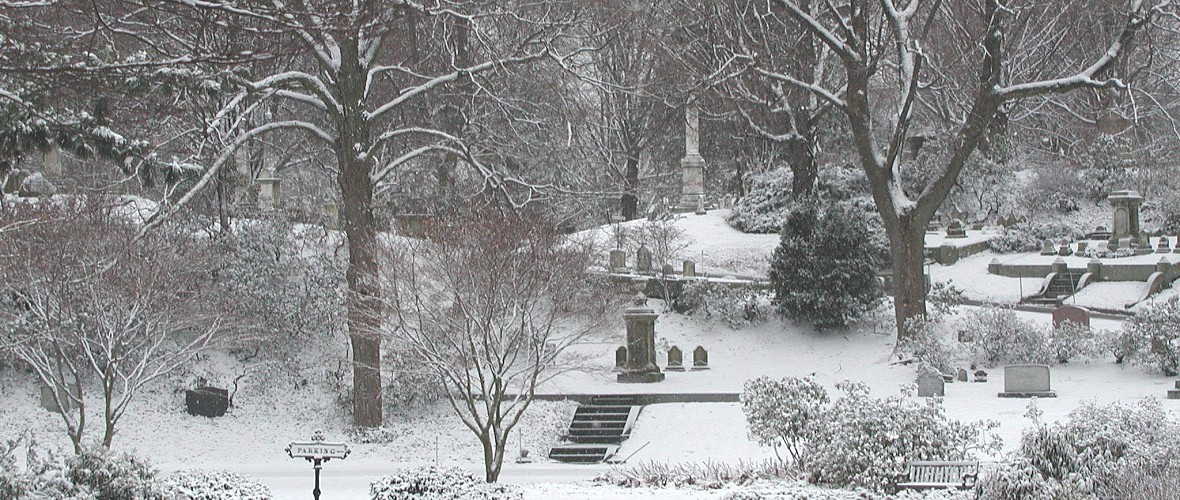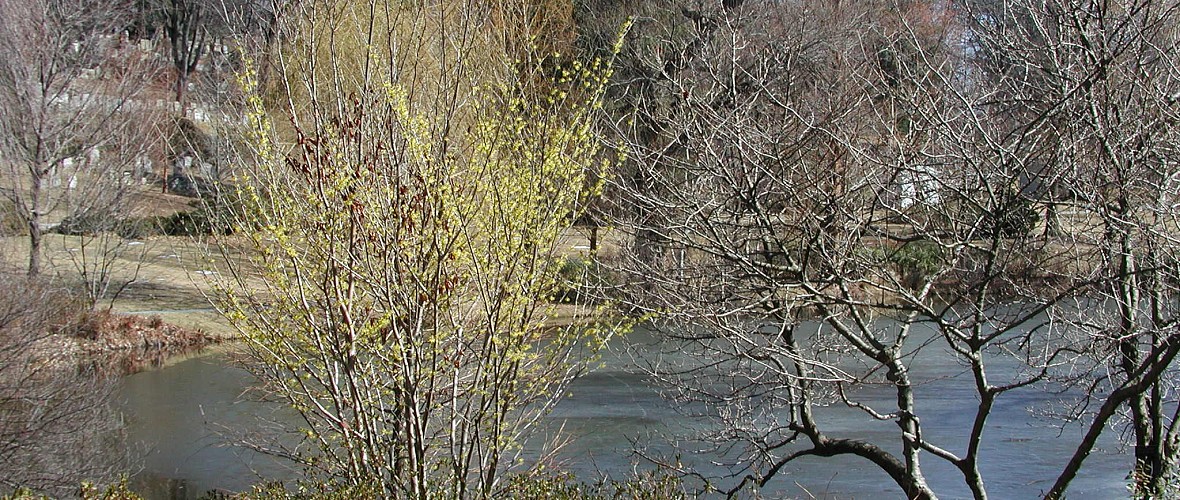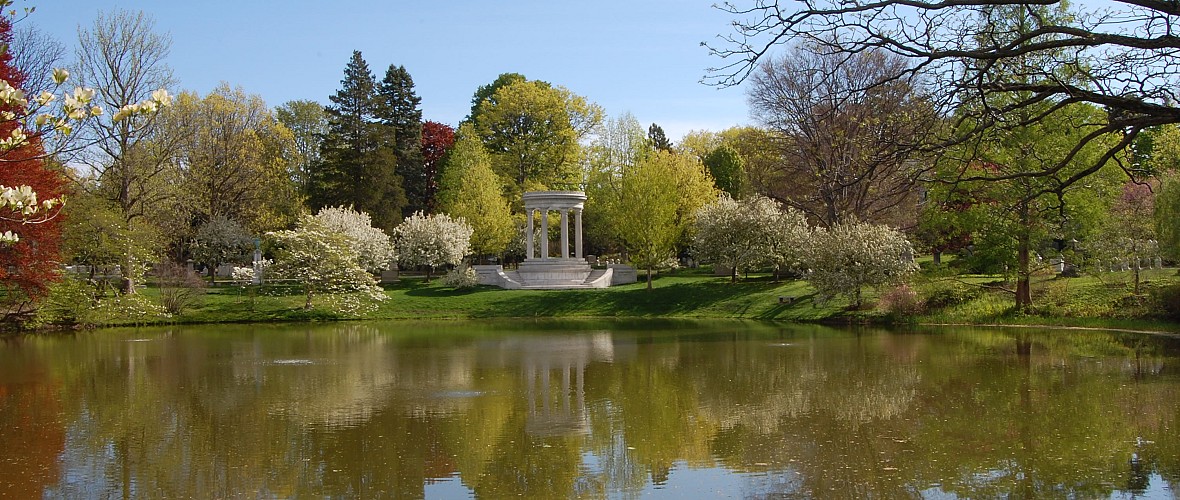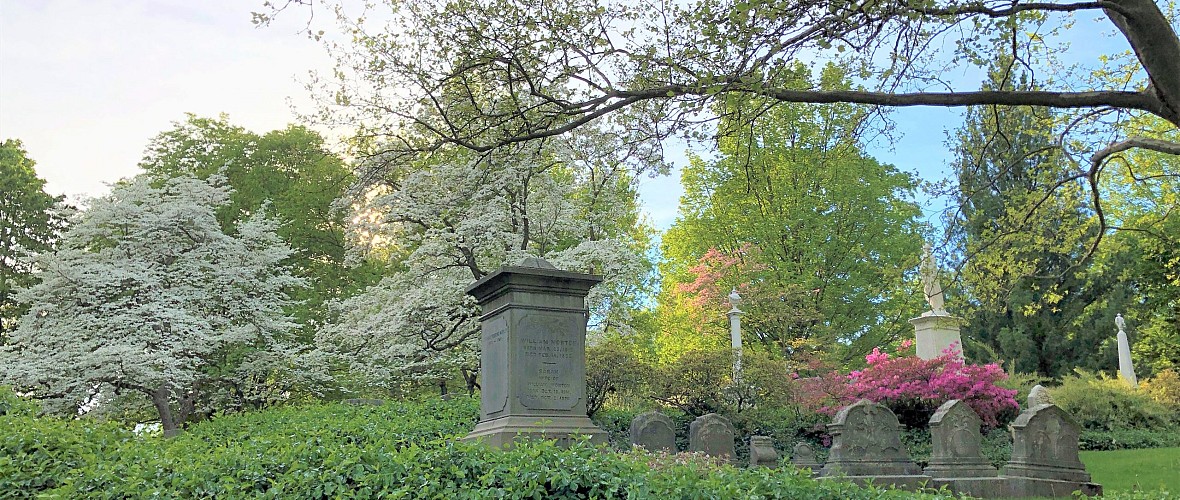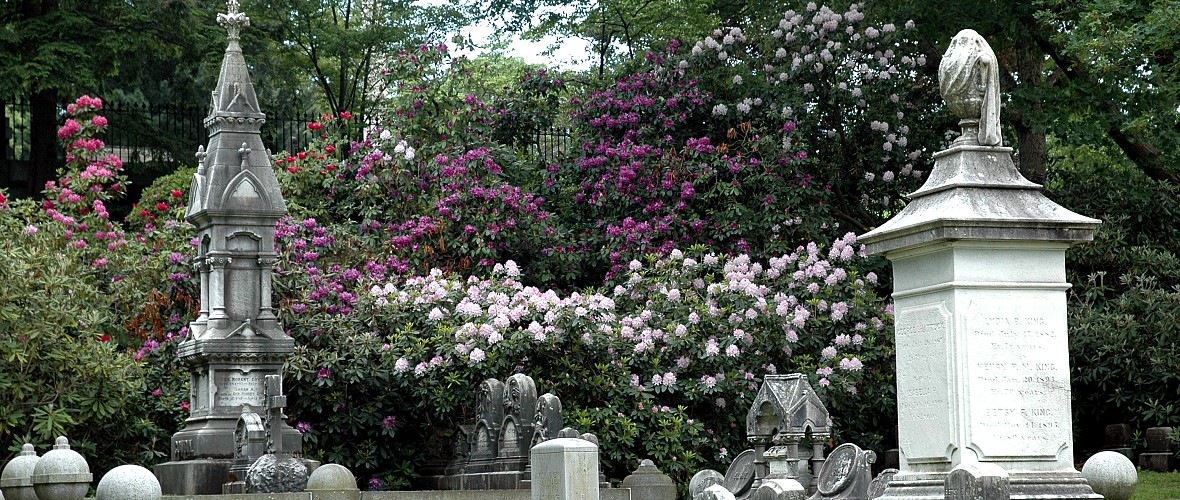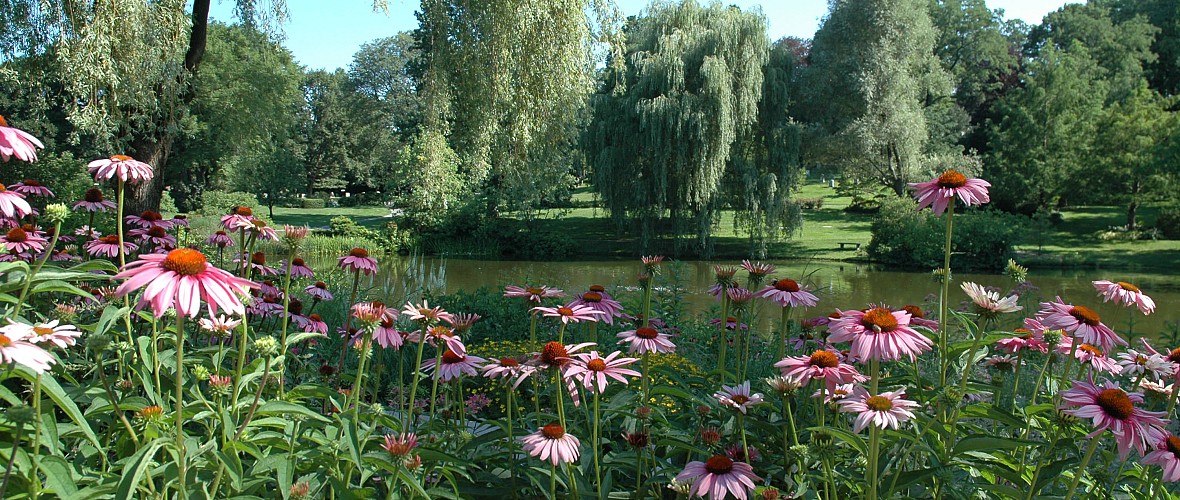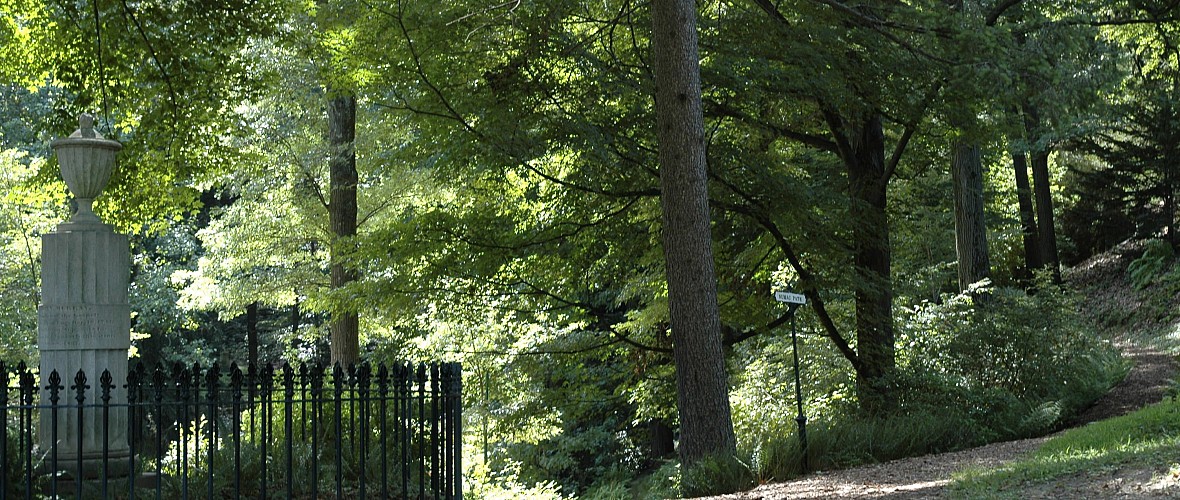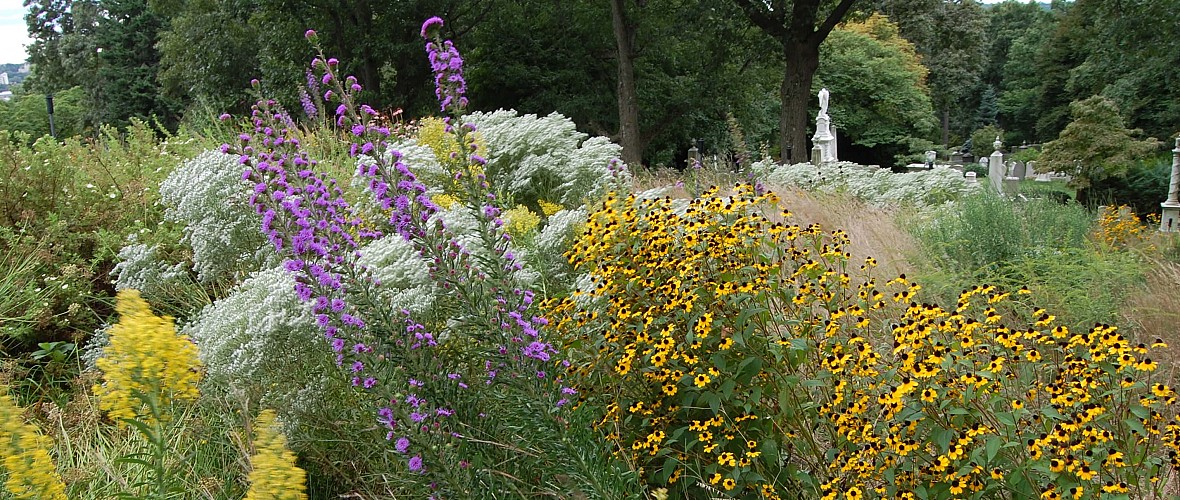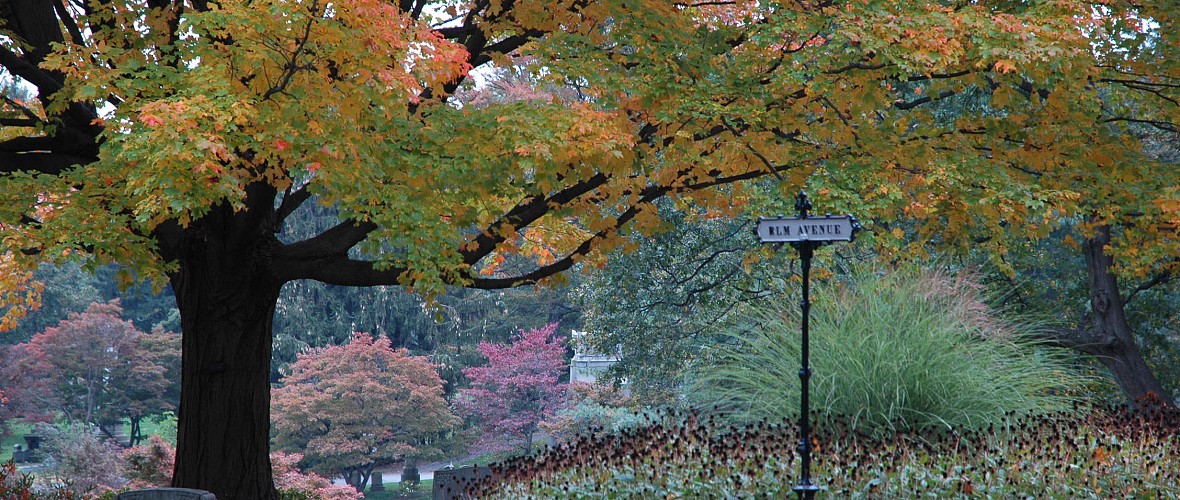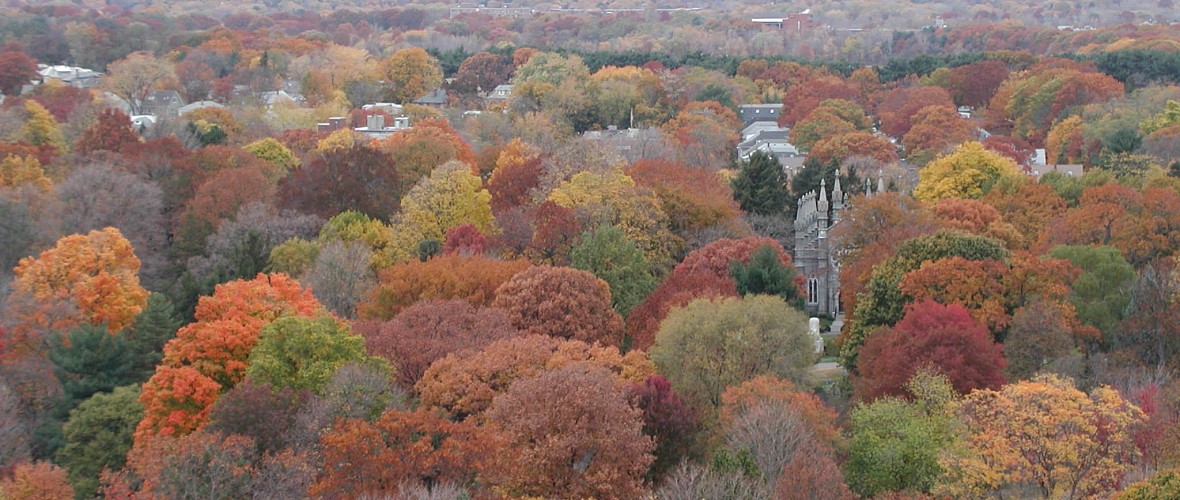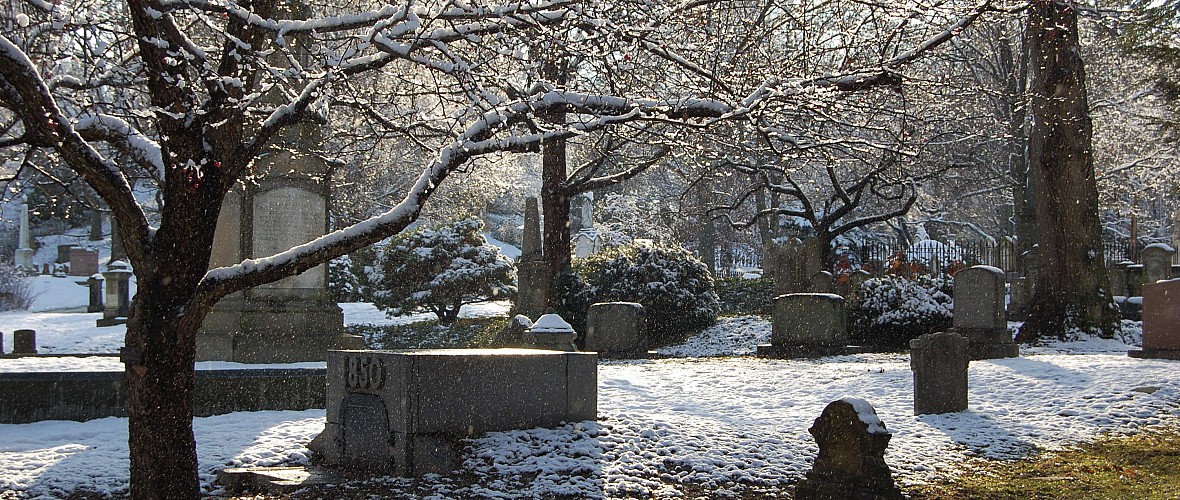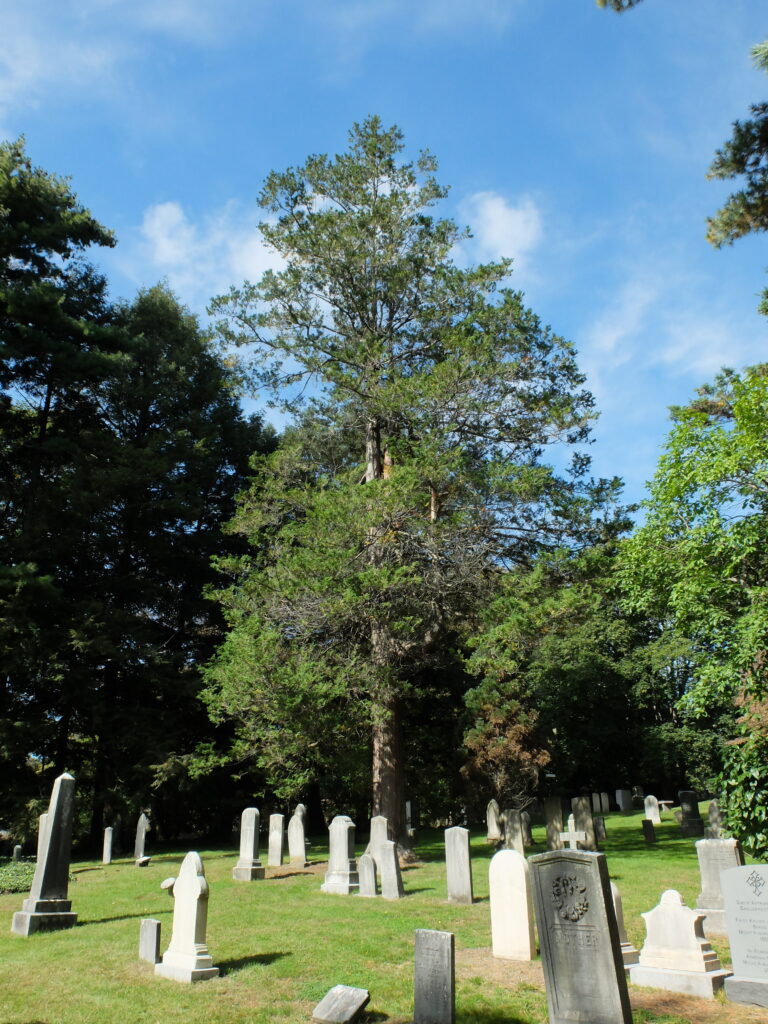What’s In Bloom 2024
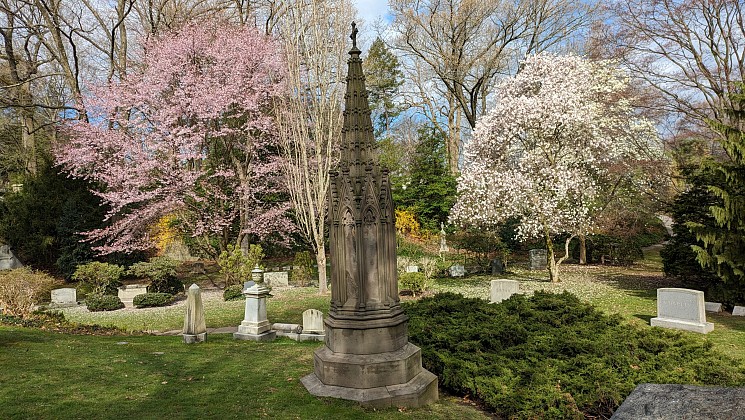
What’s in Bloom: Week of April 22, 2024
Daffodil, Narcissus sp., many locations
Serviceberry, Amelanchier sp., Violet Path
Yoshino cherry, Prunus yedoensis, several locations
Weeping cherry, Prunus subhirtella ‘Pendula’, Azalea Path
Snow Goose cherry, Prunus ‘Snow Goose’, Pond Rd.
Lennei magnolia, M. soulangiana ‘Lennei’, Indian Ridge
Magnolia, Magnolia ‘Betty’, Cedar Ave.
Star magnolia, Magnolia stellata, several locations
Magnolia, Magnolia ‘Goldfinch’, Mound Ave.
P.J.M. rhododendron, Rhododendron ‘P.J.M.’, several locations
Rhododendron, Rhododendron ‘Caronella’, several locations
Big white trillium, Trillium grandiflorum, Sumac Path
Large bellwort, Uvularia grandiflora, Sumac Path
Purple trillium, Trillium erectum, Buttercup Path
Dutchman’s breeches, Dicentra cucullaria, Sumac Path
Barren strawberry, Waldsteinia fragarioides, many locations
Red barrenwort, Epimedium x rubrum, Birch Gardens
Virginia bluebell sumac, Mertensia virginiana, several locations
Forsythia, Forsythia sp., several locations
Hobblebush, Viburnum lantanoides, Sumac Path
Creeping forget-me-not, Omphalodes verna, Spruce Ave.
Spicebush, Lindera benzoin, Halcyon Ave.
Plum yew, Cephalotaxus harringtonia, Chapel Ave.
Moss pink, Phlox subulata, Daphne Path
Candytuft, Iberis sempervirens, Chapel Ave.
Basket of gold, Aurinia saxatilis, Ash Ave.
Johnny jump-up, Viola tricolor, Indian Ridge Path
Virginia bluebell, Mertensia virginica, Chapel Ave.
Winter hazel, Corylopsis spicata, Fountain Ave.
Bloodroot, Sanguinaria canadensis, Rose Path
Grape hyacinth, Muscari sp.,several locations
Adder’s tongue, Erythronium sp. Magnolia Ave., Birch Gardens
Sugar maple, Acer saccharum, many locations
Three-flower maple, Acer triflorum, Halcyon Ave.
Norway maple, Acer platanoides, many locations
Japanese andromeda, Pieris japonica, many locations
Mountain andromeda, Pieris floribunda, many locations
Paper birch, Betula papyrifera, several locations
River birch, Betula nigra, several locations
Squill, Scilla siberica,several locations
Anemone, Anemone sp., @ Sphinx
Creeping myrtle, Vinca minor, many locations
Japanese spurge, Pachysandra terminalis, several locations
Golden weeping willow, Salix xsepulcralis, Willow Pond
Red maple, Acer rubrum, several locations
Lenten rose, Helleborus ‘Pink Lady’, Birch Garden
Lenten rose, Helleborus ‘White Lady’, several locations
Horticulture Highlight: Abies balsamea, balsam fir
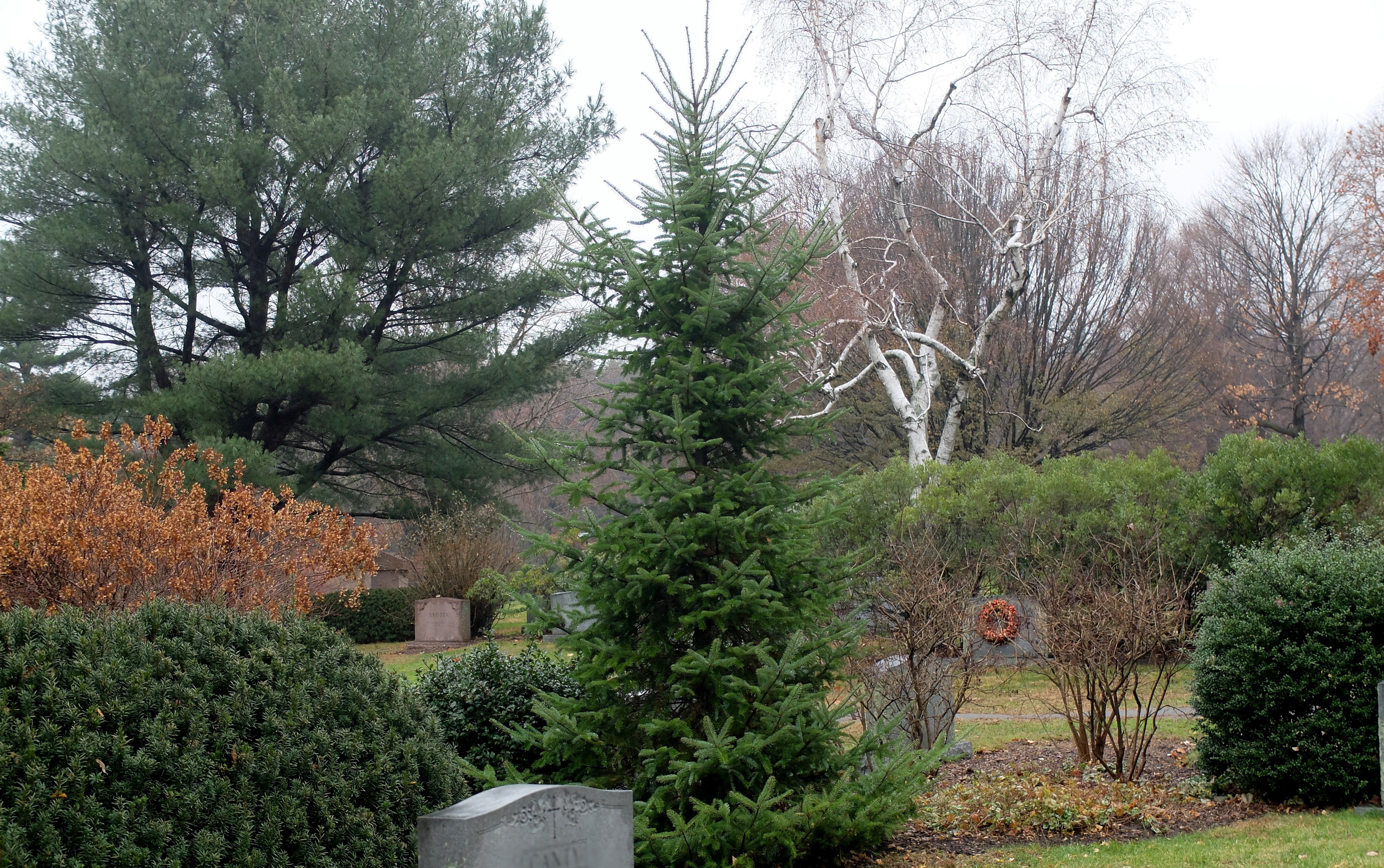
little tree
little silent Christmas tree
you are so little
you are more like a flower
who found you in the green forest
and were you very sorry to come away?
see I will comfort you because you smell so sweetly…
-e. e. cummings
Abies balsamea, balsam fir is familiar as the traditional, fragrant, Christmas tree among many people. The human nose can detect thousands of different odors – a whiff of the ocean, freshly cut grass, vanilla, coffee, lilacs, roses, – but many of us experience distinct emotions, reaching back to childhood memories of Christmas when smelling a balsam fir. To quote Helen Keller (1880-1968), “Smell is a potent wizard that transports us across thousands of miles and all the years we have lived.” (more…)
Horticulture Highlight: False-cypress, Chamaecyparis pisifera
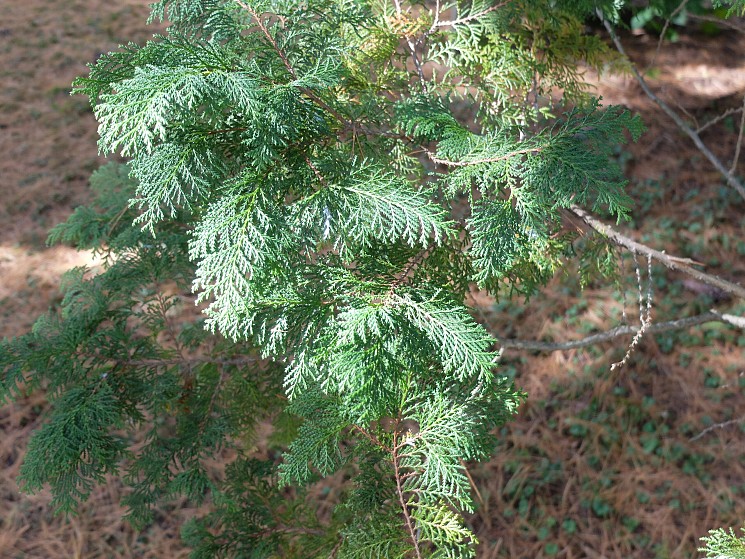
Birds small enough to nest in our young cypress
Donald Revell
Are physicians to us
They burst from the tree exactly
Where the mind ends and the eye sees…
Scientific identification of plants was dramatically changed and formalized by Carl Linnaeus (1707-1778) when he successfully introduced the concept of binomial classification: each thing would have just two-names in Latin. However, since that historic era in the 1750’s, periodic revisions have occurred, even until today, resulting in accepted botanical changes. One example involves the genus Cupressus, cypress which in Linnaeus’s time included some plants different than today. In the 1840’s,updated analysis created the new genus of Chamaecyparis, False-cypress, from within the latter. Another example of such a change from Linnaeus’ time led to the creation on the genus Tsuga, hemlock from within the then larger genus Pinus, pine.
(more…)Horticulture Highlight: Ladies Tresses, Spiranthes sp.
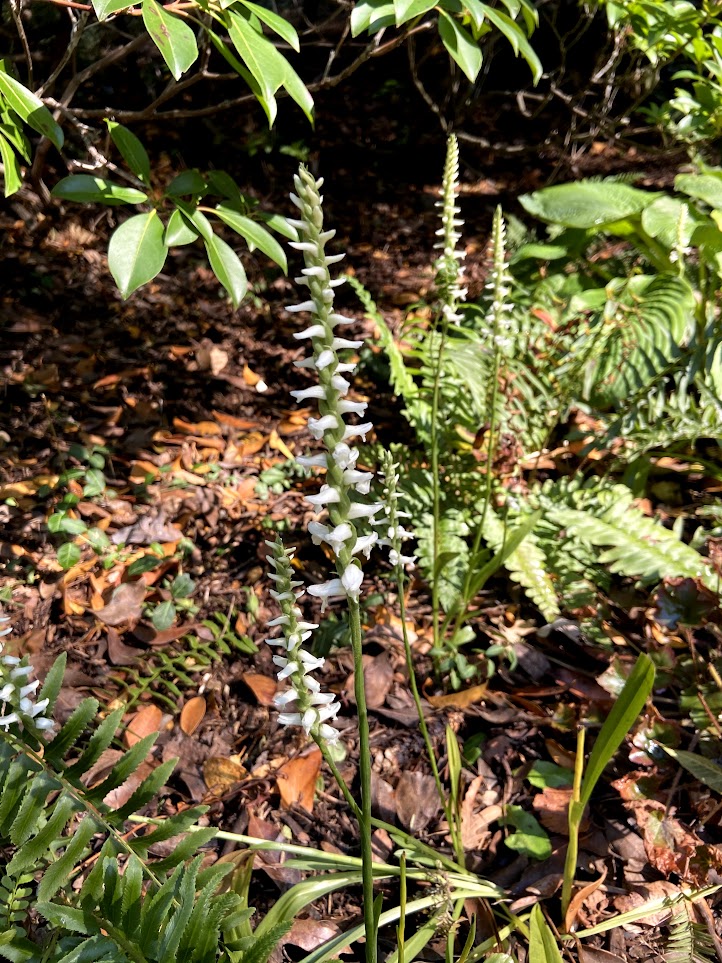
We highlight the genus Spiranthes, with its common name of Ladies Tresses. This is a genus presently with about 30 worldwide species of terrestrial perennials occurring in North America, Central America, South America, Europe, Asia, north Africa and Australia. These perennial orchids can be and have been perplexing to taxonomists. Their list of common names, each with differing accompanying Latin names include nodding ladies tresses, fragrant ladies tresses, slender ladies tresses, hooded ladies tresses, woodland ladies tresses, marsh ladies tresses, little ladies tresses, grass-leaved ladies tresses, lacelip ladies tresses, long lipped ladies tresses, spring ladies tresses, summer ladies tresses, autumn ladies tresses, reclusive ladies tresses, Appalachian ladies tresses, great plains ladies tresses, Atlantic ladies tresses, Nepalese ladies tresses, etc.
We quote from orchid authority, Robert L. Dressler in his The Orchids: Natural History and Classification, “In our present state of knowledge, no classification can be the final word.
A classification should be viewed both as a hypothesis to be tested with new information and, ideally, as a guide in search for new information…”. One example of this floristic transitoriness comes close to home for us with Spiranthes grayi, Gray’s ladies tresses, named as a species, in the early twentieth-century by Harvard University’s renowned orchid expert, Oakes Ames (1874-1950). He named this to honor the earlier notable Harvard botanist, Asa Gray (1810-1888), namesake of our Asa Gray Garden and buried on Holly Path. However, with advanced analysis this species status was rescinded, combined within Spiranthes tuberosa as var. grayi.
Taxonomy aside, October is the time to seek out the delicate, fragrant, small flowers of our native and rare Spiranthes odorata, Marsh Ladies Tresses. During this commencement of autumn, asters and goldenrods may attract much more attention throughout our landscape, but we turn to Emily Dickinson to capture the delight of aficionados of these rare and eye-catching plants.
If you were coming in the fall,
I’d brush the summer by
With half a smile and half a spurn,
As housewives do a fly.
-Emily Dickinson

Spiranthes odorata, Marsh Ladies Tresses are recognizable by their unique vertical rows of tiny flowers (as with many of the differing species within the genus), sometimes braided spirally around their 8-18-inch, unbranched stems. Each flower, slightly curved downward, is about 1/3-inch long, with 3 white petals and 3 white sepals. The etymology comes from Greek speira meaning spiral or twisted and anthos meaning flower. Odorata of course alludes to fragrance.
Bumblebees, Bombus sp., are the most frequent pollinators of Ladies Tresses.
…As the fainting bee,
Reaching late his flower
Round her chamber hums,
Counts his nectars-enters,
And is lost in balms!
-Emily Dickinson
On an early autumn visit to Mount Auburn look for Spiranthes odorata, Marsh Ladies Tresses, and maybe a few bumblebees, at the Gardner Tomb on Oxalis Path.
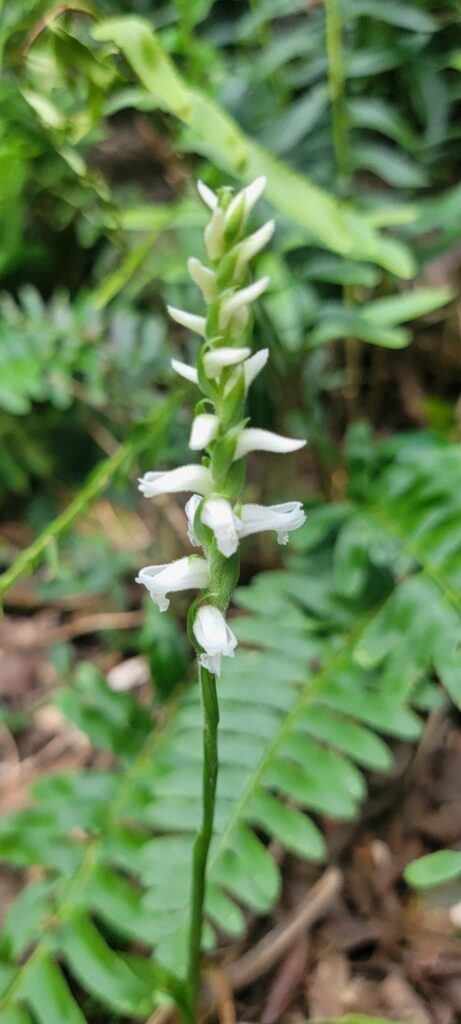
Withered orchids scatter the highroad as the officer rides away
Heaven itself will wither in pity…
-Li Ho
…I desire that you would remember the ladies,
and be more generous and favorable
to them than your ancestors…
-Abigail Adams

